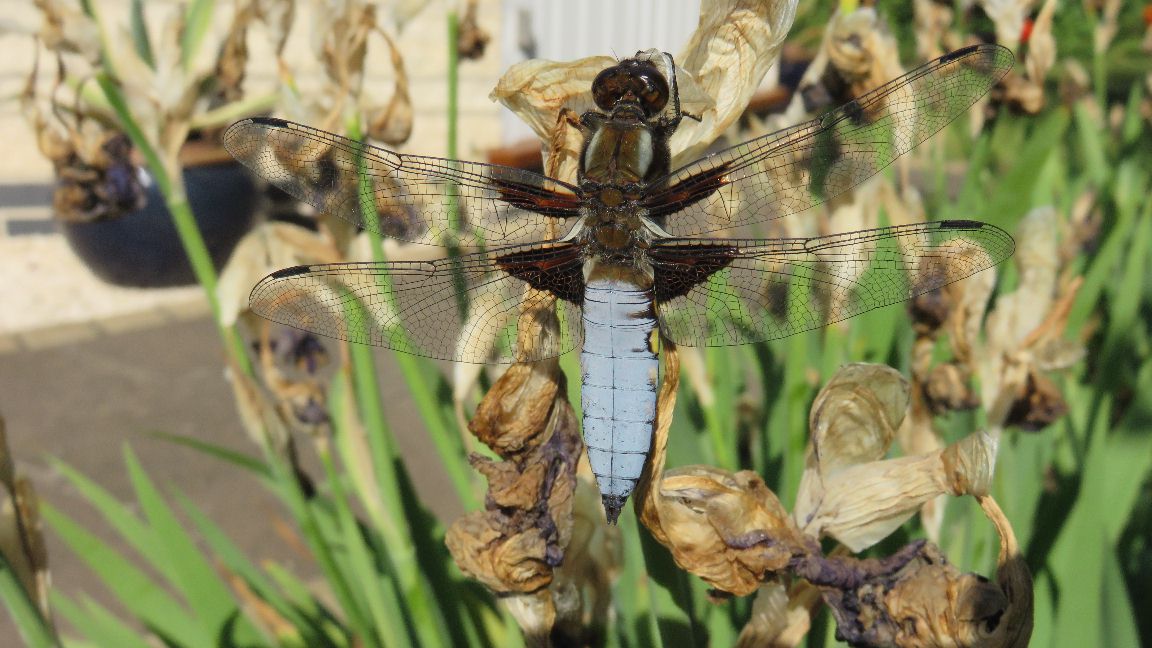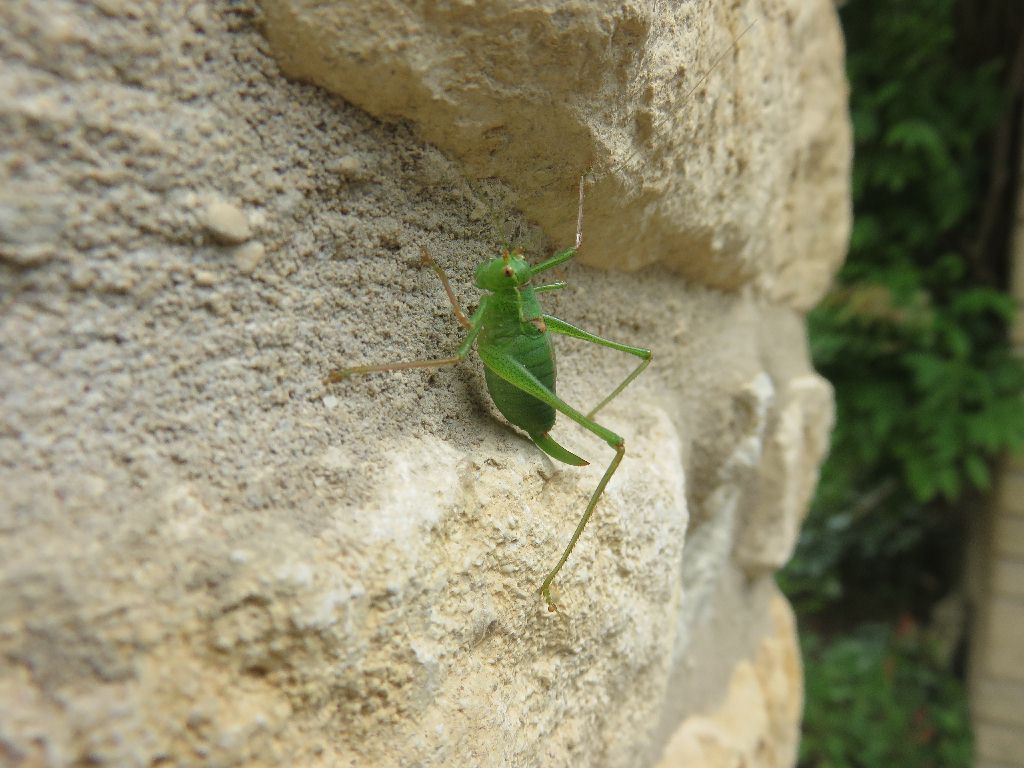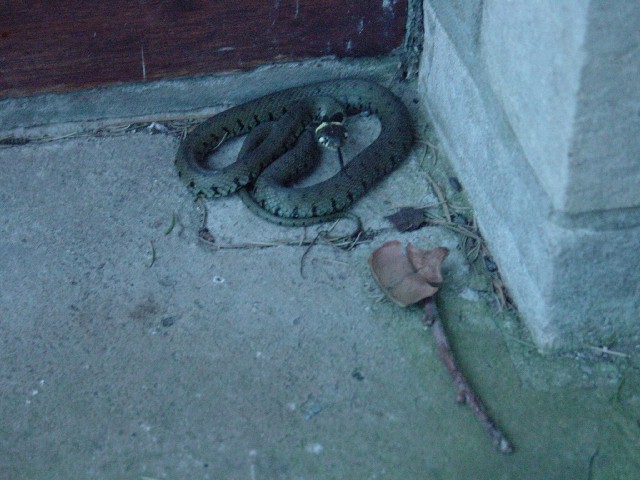Wildlife
Honington has a rich and diverse selection of flora and fauna with some unique habitats due to the limestone escarpment. Honington hill fort, a listed ancient monument, is a Site of Special Scientific Interest (SSSI). The earth banks and central portion of this Iron Age fort support a rich limestone flora with species which are scarce and decreasing in the county. Where there is shelter from the wind, especially along the south facing banks, the area is a sanctuary for butterflies. The species listed below have either been seen by Honington villagers or have been scientifically recorded within the parish.
Mammals
|
Fox Muntjac deer. |
|
Birds
Barn Owl. Barn Owls were observed nesting on the outskirts of the village in summer 2006 and are routinely seen and heard in the village.
Tawny Owl. Very vocal in the village, particularly in the autumn. Tawny owl pellets can be found in the vicinity of the Church.
Little Owl. Little Owl pellets, full of beetle wing cases, can be found in the vicinity of the Church. In summer 2008 a pair of Little Owls nested in the Church.
Buzzard.
Red Kite.
Sparrowhawk. Regular garden visitors in the village.
Peregrine Falcon, seen over the heath and the village in Summer 2020.
Kestrel.
Gold Crest.
Green woodpecker.
Great Spotted Woodpecker.
Pied Wagtail.
Grey Wagtail.
Skylark. Particularly prevalent in the fields around the hillfort but also heard from the village.
Golden Plover. A flock was regulalry seen in October/November 2020 on the heath.
Curlew. Often heard on the heath in winter and occasionally seen overflying the village.
Treecreeper.
Nuthatch.
Woodcock.
Jackdaw.
Carrion Crow.
Jay.
Mistle Thrush.
Song Thrush.
Blackbird.
Redwing.
Fieldfare.
Great Tit.
Blue Tit.
Coal Tit.
Long Tailed Tit.
Chaffinch.
Gold Finch.
Green Finch.
Brambling.
House Sparrow.
Chiffchaff.
Amphibians
Common frog.
Common toad.
Smooth newt.
Reptiles
|
A male Common Lizard was discovered on a driveway within the village on18th May 2007. |
A Grass Snake was spotted on a doorstep in Honington on 24th April 2007. |
Insects
Butterflies observed in 2020 include:
Common Blue
Holly Blue
Orange Tip
Speckled Wood
Ringlet
Small Tortoiseshell
Red Admiral
Peacock
Painted Lady
Small Skipper
Small White
Large White
Many grasshopper species live in the vicinity of Honington hill fort and crickets have been seen in gardens. Dragonflies and damselflies are regularly seen at garden ponds.

Broad Bodied Chaser dragonfly in Honington June 2020.

Speckled Bush Cricket in Honington August 2019.
Molluscs
Six species of land snail have been recorded in the vicinity of Honington hill fort.
Plants
The banks of Honington hill fort are dominated by tor grass Brachypodium pinnatum and upright brome Bromus erectus. These are typical of base-rich soils and are found with yellow oat-grass Trisetum flavescens, crested hair-grass Koeleria macrantha and quaking grass Briza media. Herbs associated with this kind of grassland are also concentrated on the banks where common rock-rose Helianthemum nummularium, salad burnet Sanguisorba minor, burnet saxifrage Pimpinella saxifraga, cowslip Primula veris and harebell Campanula rotundifolia occur. Members of the pea family, some of which are food plants for common blue butterflies, include kidney vetch Anthyllis vulneraria, puple milk-vetch Astragalus danicus, horse-shoe vetch Hippocrepis comosa and common bird's-foot trefoil Lotus corniculatus. In one area there is a well established colony of pasque flower Pulsatilla vulgaris which is only known from one other site in the county.
In level areas where course grasses like cocksfoot Dactylis glomerata and tall oat-grass Arrhenatherum elatius dominate, there are nevertheless some interesting herbs like wild carrot Daucus carota, field scabius Knautia arvensis, greater knapweek Centaurea scabiosa and these are areas favoured by insects including grasshoppers.

 Photograph taken 4th June 2006
Photograph taken 4th June 2006
